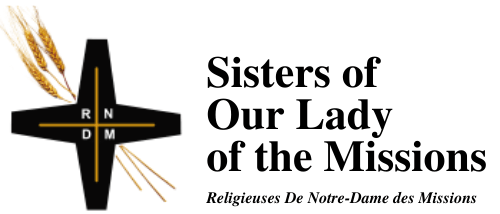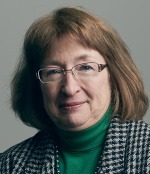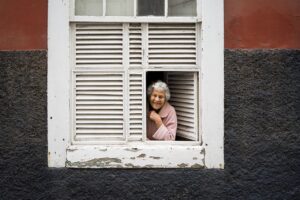Susan will be away for the next couple of weeks, so there will be no Friday reflections on October 4 and October 11. Her Friday reflections will resume on October 18, 2024.
Numbers 11: 25-29 (RM), or 11:4-6, 10-16, 24-29 (RCL); Psalm 19; James 5: 1-6 (RM), or 6:13-20 (RCL); Mark 9: 38-43, 45, 47-48 (RM) or 9: 38-50 (RCL).
Hell is a garbage dump.
No, seriously. In Jesus’ time and place, “Hell” really was a garbage dump.
The word that appears in today’s Gospel reading as “Gehenna” refers to a valley called “Hinnom” located south and west of Jerusalem, marking the boundary between the territory of the tribes of Judah and Benjamin. Some of the kings of Judah were reported to have carried out child sacrifice to the god Molech there. The prophet Jeremiah denounced Gehenna as a place of fire and slaughter. The idea of Gehenna as a place of unquenchable fire (in Greek asbeston) and worms comes from Isaiah 66:24. Visualize a huge smoking pit on the far edge of town.
And thus the popular image of hell, as a place where searing sulfurous fire inflicts unending agony as eternal punishment for sins, entered the popular imagination of Christians. It fueled, so to speak, centuries of hellfire-and-damnation sermons designed to terrify the hearers into morally upright conduct, whether they were, in fact, morally degenerate or not. Paralyzing terror can be a very effective tool to ensure compliance.
The whole passage is figurative of course. And that is the key to making some sort of sense out of the shocking and ghastly commands that Jesus appears to be forcing on his followers.
New Testament scholars struggle more, however, with “hand,” “foot” and “eye,” and what they might signify as symbols. And once in a while they seem to be having much too much fun with them. The foot, for example, functions in a number of Hebrew Bible texts as a euphemism for male genitals (this is why some commentators say that when Ruth “lay down at the feet” of Boaz, she was offering him sexual access.)
So “if your foot offends you” might refer to committing immoral acts, or perhaps using one’s feet to go somewhere to commit them. And then there’s the hand (use your own imagination.) The eye, for a few commentators, might refer to lustful ogling, or in feminist terms, “the male gaze.”
At least one early Church father took this command painfully literally (Google “Origen.”)
So where is this text taking us? (and do we want to go there?) Each of the three parallel instructions that appear one after the other look as if they are addressed to an individual or individuals, but in fact they all have a bearing on the good of the community. This makes perfect sense considering, first, that Greek and Roman imagery of the same period uses body parts in much the same way.
Second, this Gospel as a whole was addressed to mid-first-century Christian communities of non-Jewish origin. The images are at once dramatic and concrete on a literal level while clearly directed as analogies toward serious conduct issues that could fragment a young faith community already subject to persecution. The command to “Cut off” indicates a threat to expel offenders for the sake of the survival of the community.
Let’s distill it down to say: when the viability of a small, novel and vulnerable religious movement rests on the unity of the community, and the behaviour of one or more disruptive members could bring it all crashing down, those offenders may need to be let go.
Still. Yikes.
© Susan K. Roll
This Reflection has been lightly edited from that of September 26, 2021.
Photo Credit: “Scavengers Burning Trash, Tondo Garbage Dump, Manila Philippines”, by Adam Cohn, via Flickr.
License: Attribution-NonCommercial-NoDerivs 2.0 Generic
Susan Roll retired from the Faculty of Theology at Saint Paul University, Ottawa, in 2018, where she served as Director of the Sophia Research Centre. Her research and publications are centred in the fields of liturgy, sacraments, and feminist theology. She holds a Ph.D. from the Catholic University of Leuven (Louvain), Belgium, and has been involved with international academic societies in liturgy and theology, as well as university chaplaincy, Indigenous ministry and church reform projects.




